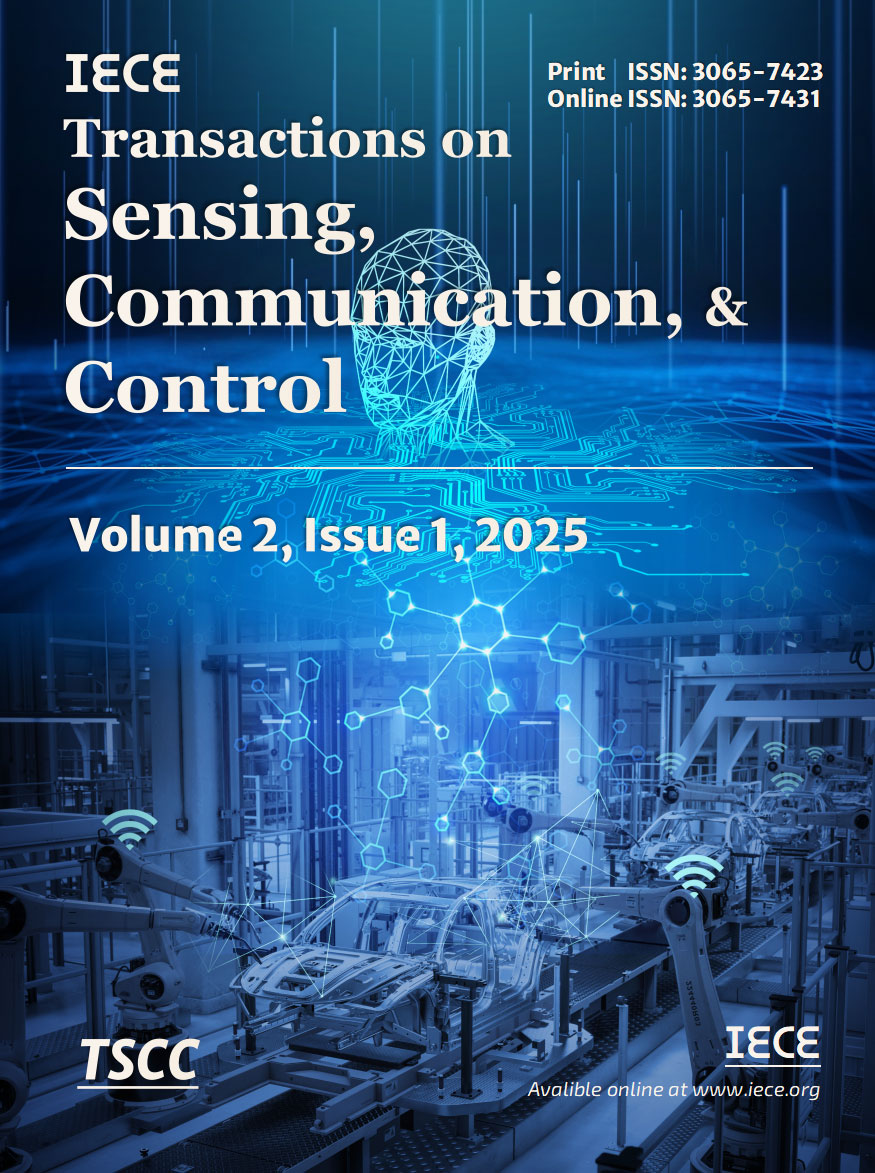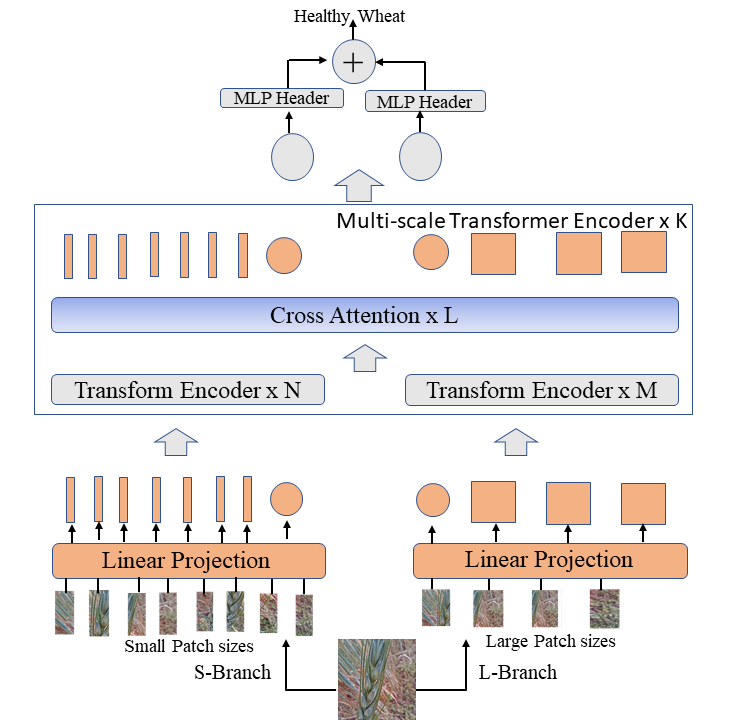Abstract
Accurate and timely detection of wheat diseases remains crucial for sustainable agriculture, particularly in major wheat-producing regions. Wheat diseases pose a significant threat to global food security, need precise and timely detection to promote sustainable agriculture. Existing approaches consistently employ single-scale features with shallow-layered convolutional neural networks (CNNs). To bridge the research gaps, we introduce a novel Multi-Scale Wheat Disease Network (MSWDNet) with feature collaboration for wheat disease recognition supported by a comprehensive dataset collected from wheat fields. This study fills research gaps by introducing a novel technique to improve detection accuracy and promote wheat agriculture. Our network uses multistage architecture with progressive feature fusion, incorporating dilated convolution blocks and efficient channel attention mechanisms to capture both fine-grained details and broader contextual patterns. The custom dataset comprises 3,351 high-quality images across five classes collected under diverse environmental conditions. Through extensive experimentation with various CNN backbones, EfficientNet-B7 emerged as the optimal feature extractor, achieving 92.55% accuracy. Our complete architecture, enhanced with multi-scale feature integration and channel attention mechanisms, achieved 98.50% accuracy. Comprehensive ablation studies validate the effectiveness of each architectural component.
Funding
This work was supported without any funding.
Conflicts of Interest
Salman Khan is an employee of Codeninja Inc., Lahore, Pakistan.
Ethical Approval and Consent to Participate
Not applicable.
Cite This Article
APA Style
Ullah, N., Ahmad, B., Khan, A., Khan, I., Khan, I.M., & Khan, S. (2025). Attention-Guided Wheat Disease Recognition Network through Multi-Scale Feature Optimization. IECE Transactions on Sensing, Communication, and Control, 2(1), 11–24. https://doi.org/10.62762/TSCC.2025.435806
Publisher's Note
IECE stays neutral with regard to jurisdictional claims in published maps and institutional affiliations.
Rights and permissions
Institute of Emerging and Computer Engineers (IECE) or its licensor (e.g. a society or other partner) holds exclusive rights to this article under a publishing agreement with the author(s) or other rightsholder(s); author self-archiving of the accepted manuscript version of this article is solely governed by the terms of such publishing agreement and applicable law.


 Submit Manuscript
Edit a Special Issue
Submit Manuscript
Edit a Special Issue

